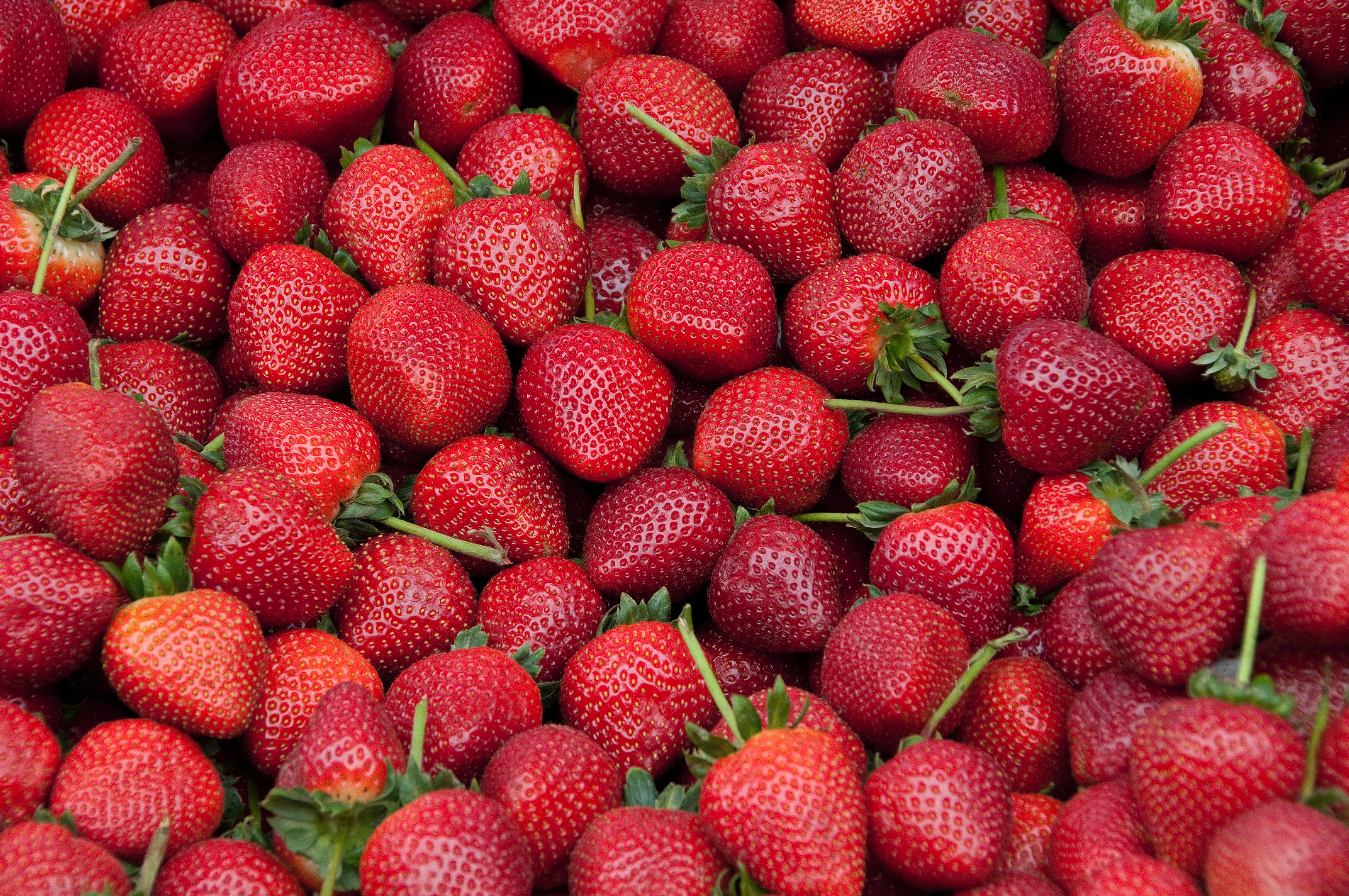Media release
From:
PNAS
Intestinal permeability enhancer from strawberries
Researchers report that the red pigment pelargonidin, derived from strawberries, acts as an intestinal permeability enhancer, potentially enabling medications such as insulin to be delivered orally rather than by injection; mouse experiments revealed that the biological activity of oral insulin-pelargonidin formulations was comparable with that of injected insulin and that daily dosing of the enhancer for 1 month resulted in no detectable side effects, according to the authors.
Journal/
conference:
Biophysics and Computational Biology
Organisation/s:
Carnegie Mellon University, US;
Funder:
This work was supported by NIH grant DP2-HD098860, NSF grant 1807983, the Wadhwani Foundation, and the BerkmanFaculty Development Fund. N.G.L. acknowledges funding support from the Thomas and Adrienne Klopack Graduate Fellowship and NSF Graduate Research Fellowship Program (GRFP). This material is based on work supported by the NSF GRFP under grant DGE1252522.
K.A.W. and N.G.L. areinventors on Patent Cooperation Treaty (PCT) applicationPCT/US2019/027885 and US patent application US 2021/0113519 A1, which cover aspects of the technology presented here.



 International
International



